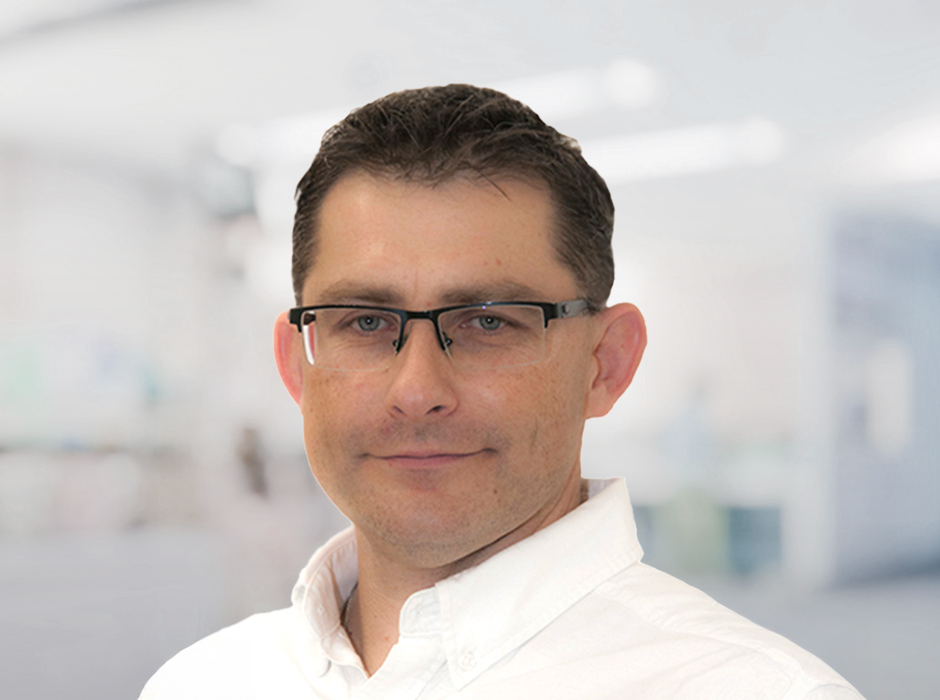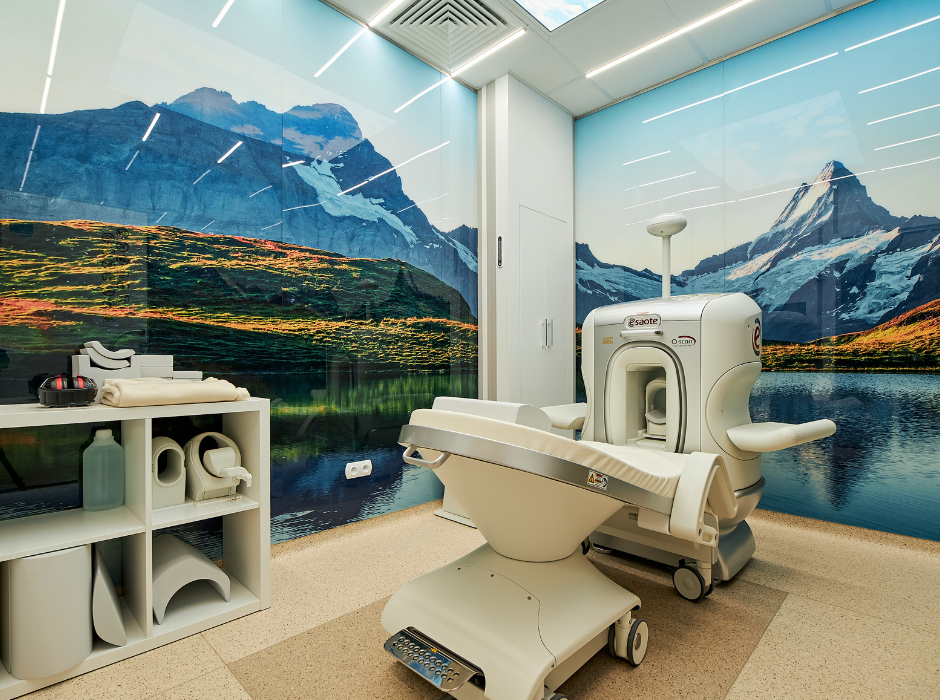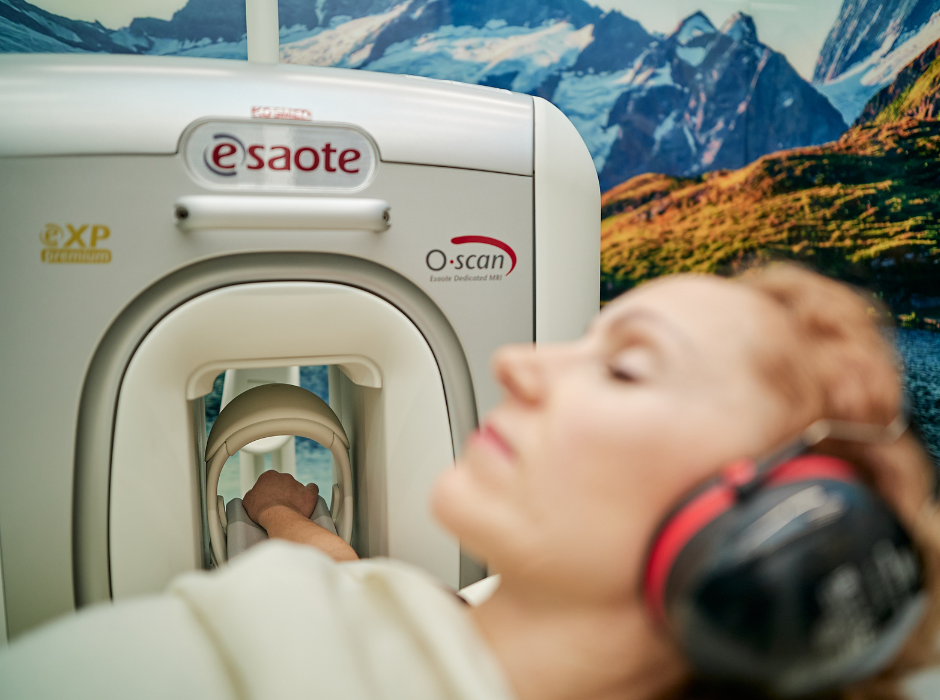
O-scan at Arthro-Clinic Bieniecki
Tell us more about your clinic, what are the main daily activities?
Arthro-Clinic Bieniecki was established 32 years ago. Since its inception, we have continually expanded our range of procedures and increased our service capacity. Our team comprises 33 employees, and we cater to approximately 30.000 patients, performing around 1,300 surgeries annually. Our primary procedures include arthroscopies and reconstruction surgeries of the knee, ankle, and shoulder joints, as well as numerous tenoscopic surgeries.
From a clinical pov, what is a dedicated MRI's most important contribution to your daily practice?
Before acquiring a dedicated MRI, we faced numerous challenges trying to install a traditional MRI scanner in our clinic, but the requirements we faced were impossible to meet due to constraints related to space, noise control, and costs. We chose O-scan because it was the right MRI machine within the limited space allocated for a scanner. We are very pleased with our decision since it integrates seamlessly into our workflow and significantly enhances efficiency.
One of the most important benefits of the O-scan is its ability to diagnose a patient offering him the appropriate treatment (sometimes including surgery) in only one day.
This is particularly crucial for sports injuries, where timely intervention is essential. A huge improvement that the O-scan brought us was the possibility of monitoring the joint recovery post-surgery. Thanks to that we can adjust our rehabilitation program to achieve the best results.

Could you please relate one or two patient cases where a dedicated MRI has been particularly helpful?
I remember a young woman who had been suffering from foot pain for months before she visited our clinic. She had consulted many specialists, but her condition remained undiagnosed. When she came to our clinic, she received an MRI the same day. It turned out that she had a fatigue fracture of the metatarsal bone, which was not visible on X-ray. Immediate treatment enabled her to resume normal activities and sports without pain, and she was thrilled with the outcome.
Another case involved Mr. Maciej, who consulted us the day after a football injury. His knee was sprained. He wasn’t able to put any pressure on the joint and the range of movement was limited. An MRI performed that day showed an ACL rupture and the dislocation of the medial meniscus. The patient was promptly operated without any further delay. We could suture the ACL instead of reconstructing it thanks to the quick diagnosis. It took only 6 months of immobilization and rehabilitation for the patient to return to football games. He's a player of one of the professional football teams that we take care of.
Other players and fans were surprised that he returned to games twice as fast as it normally takes after a ligament rupture. It was all possible thanks to the fact that we have our scanner because we could diagnose him and offer treatment in no time.
In your opinion what makes O-scan a unique MRI system?
The O-scan’s small footprint, minimal room preparation requirements, and lower costs make MRI technology more accessible and affordable. This allows for wider use of precise diagnostic techniques, benefiting nearly all patients. It’s a scanner that should be in every clinic – that would make it possible to diagnose and treat patients faster, easier and more safely.
It's also worth noting that not every patient can be examined with a traditional MRI scanner because of prostheses, implants or vascular clips. Those patients can safely get an MRI in our scanner. Additionally, the open design alleviates anxiety for those who are claustrophobic and afraid of lying in a huge MRI tube. It’s a great relief for them to find out that there is no need to go inside the scanner.

How did O-scan improve your workflow? What is the impact on P&L?
The O-scan has dramatically improved our workflow. Before we got the scanner, our patients had to wait for MRI in other diagnostic laboratories, often for several weeks. Now we can fit all diagnostic procedures in one day. This efficiency boost had a positive impact on our P&L, allowing us to perform more procedures and consequently increase revenue.
To conclude, how would you describe your overall experience with O-scan?
Our experience with the O-scan has been overwhelmingly positive. The scanner has improved patient comfort, shortened diagnostic times, and enabled us to tailor treatments more effectively. It has elevated our operational efficiency to a new level, and we are extremely satisfied with the results.
